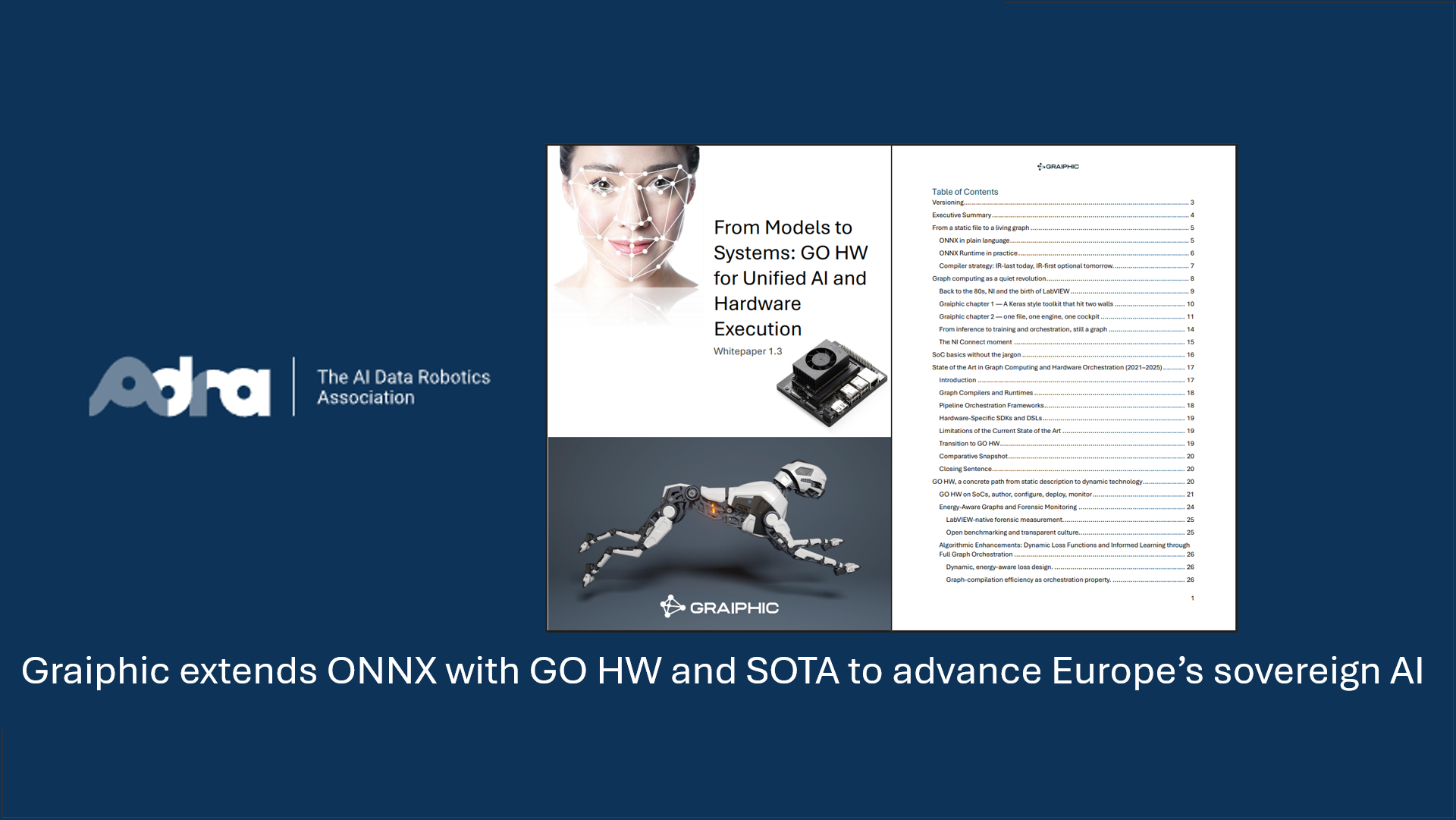Importance of Reinforcement Learning: A Game Changer for Industry, Research, and Academia
Reinforcement Learning (RL) has emerged as a crucial area of machine learning, revolutionizing how we approach complex problems in industry and research. Unlike supervised learning, which relies on vast amounts of labeled data, RL allows an agent to learn by interacting with its environment, receiving feedback based on its actions. This makes RL incredibly useful in situations where data is scarce or costly to obtain.
Why Is Reinforcement Learning So Important?
Reinforcement learning is particularly valuable in scenarios where sequential decision-making is required. This ability to continuously improve based on trial and error can be applied to fields such as robotics, autonomous systems, and even healthcare. By learning from interactions rather than static datasets, RL enables machines to adapt to dynamic environments and optimize their actions.
The Role of Environments When Data Is Scarce
One of the key advantages of RL is its reliance on environments rather than data. In cases where real-world data is difficult to collect or does not exist, simulated environments can be a powerful substitute. This is where tools like Gymnasium from OpenAI (formerly known as OpenAI Gym) come into play. These environments allow researchers and engineers to train their RL models in safe, controlled conditions.
For example, the Lunar Lander environment, part of Gymnasium, simulates a spacecraft attempting to land on the moon. By using an algorithm like Dual DQN (Deep Q-Networks), an agent learns how to land successfully after many attempts. The training process mimics real-world challenges, providing valuable insights even in the absence of actual space flight data. Below is a video demonstrating the Lunar Lander solved using Dual DQN, which showcases the impressive capabilities of reinforcement learning.
This technique is not merely theoretical. Companies like SpaceX have used RL principles to design rockets that can autonomously land back on Earth, an incredibly challenging task that combines real-time decision-making with precise control. This demonstrates the vast potential of RL in solving highly complex and technical problems.
Reinforcement Learning in SOTA’s Deep Learning Toolkit for LabVIEW
At Graiphic, we recognize the immense value of reinforcement learning for various industrial applications. That’s why our upcoming Deep Learning Toolkit for LabVIEW will feature examples of RL algorithms, allowing users to explore these techniques easily. With SOTA’s new installer manager, downloading RL environments, such as Lunar Lander, will be as simple as a single click. This will open up new possibilities for engineers and researchers looking to integrate cutting-edge RL solutions into their workflows.
Conclusion
Reinforcement learning is poised to continue transforming industries by offering powerful, data-efficient methods for solving some of the most complex problems. By integrating RL into tools like SOTA, we aim to empower professionals across different fields to leverage this technology and drive further innovation.
Integration into LabVIEW
With the LabVIEW deep learning module, LabVIEW users will soon be able to benefit from advanced features to run any latest models from any frameworks (torch, TF, Keras …) !
This module will enable these models to operate on LabVIEW, providing top-tier performance for complex computer vision tasks. Key features offered by this toolkit include:
- Full compatibility with existing frameworks: Keras, TensorFlow, PyTorch, ONNX.
- Impressive performance: The new LabVIEW deep learning tools will allow executions 50 times faster than the previous generation and 20% faster than PyTorch.
- Extended hardware support: CUDA, TensorRT for NVIDIA, Rocm for AMD, OneAPI for Intel.
- Maximum modularity: Define your own layers and loss functions.
- Graph neural networks: Complete and advanced integration.
- Annotation tools: An annotator as efficient as Roboflow, integrated into our software suite.
- Model visualization: Utilizing Netron for graphical model summaries.
- Generative AI: Complete library for execution, fine-tuning, and RAG setup for Llama 3 and Phi 3 models.









